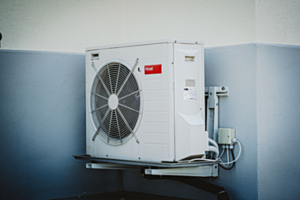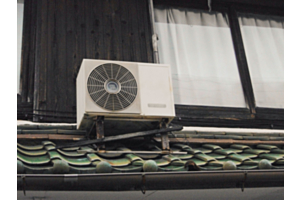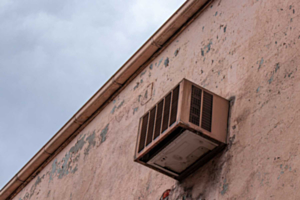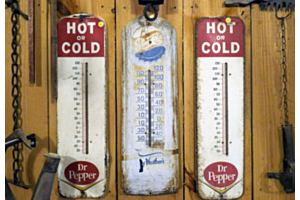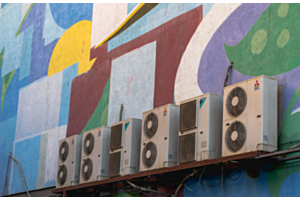Monthly Archives: October 2023
-
October 30, 2023
Placement is everything when selecting where your ductless mini split should go. Many homeowners get preoccupied with the internal unit but should give just as much consideration to the external unit.
Bearing that in mind, which side of the house should your ductless mini split system go? Let’s review.
Here’s the Best Side of the House for a Mini Split
Of the four sides you can select for your mini split system, the north side is the most beneficial.
Why is that?
Mini splits operate best when shaded from direct sunlight. The indoor units can get screwy temperature readings from too much sunlight, as the internal thermostat reads the sunlight as excess heat.
This can cause you to think something is wrong with how well your mini split works, when indeed, there isn’t.
The outdoor unit doesn’t function well in the sunlight, either. It can overheat from too much sun exposure,
-
October 23, 2023
Ductless mini splits are a reliable companion across all seasons. You can use their air conditioning function in the spring and summer, then switch to the heating mode as autumn gets colder and winter arrives.
With so much versatility when operating a mini split, what is the ideal temperature to set it on?
That depends on the season and whether you’re in your home.
For example, in the winter, you can set the temperature at around 68 degrees Fahrenheit if you’re not going to be home. You could even drop the temperature lower. However, be aware that when you come home, you might be shivering until you bump up the mini split’s operating temperature.
When you’re lounging at home, an operating temperature of around 70 degrees is comfortable in the winter. You shouldn’t be left shivering under a big blanket, and your house shouldn’t feel uncomfortably warm.
In the summer, you can set the mini split temperature to 80 degrees if you’re
-
October 16, 2023
Ductless mini splits, like anything else, operate under certain rules of thumb. This post will explore those rules in detail.
Watch Your Weather
Cold weather is when you rely on your heater the most. A ductless mini split system will continue to warm your home efficiently, but you must do your part. Brush snow off the exterior compressor.
Mini splits can defrost and melt snow, but if you can reduce the amount of snow on the unit in the first place, this will make it work less hard to defrost. It will also defrost faster, so it can concentrate its energies on keeping your home toasty.
Keep It Clean
You should have the phone number of your ductless mini split technician handy so you can have them at your home every six months to clean the unit. In the meantime, take care of basic maintenance tasks yourself.
Remove external debris around the compressor, such as sticks, stones, and branches. Change the
-
October 09, 2023
Air quality is such an important day-to-day consideration. Surrounding yourself with clean, healthy air can lower many health risks. They include asthma and other acute or chronic respiratory illnesses, lung cancer, heart disease, and stroke.
Improving air quality is about more than opening a window every now and then or plugging in a few air purifiers. The cooling and heating systems you select for your home can also impact air quality.
Ductless mini split systems are an advantageous choice for better air quality throughout the home. Let’s review how.
Mini splits include air filters built right into the system. These filters do more than catch internal dust within the system but can also capture contaminants such as mold spores, pet dander, and dirt.
The air that
-
October 02, 2023
Ductless mini split systems aren’t as permanent as ducted systems like furnaces and central air conditioners, but they’re still a long-term commitment. You must select a spot for the mini split you believe will improve its functionality yet not detract from the appearance of your home.
Keeping that in mind, can you put a mini split anywhere?
Yes, for the most part!
A ductless mini split system includes outdoor and indoor components connected by copper wiring. The compressor, which some refer to as the condenser, goes outside. It’s attached to the air-handling units, which are the indoor components.
The compressor and air-handling unit can be 50 feet from one another, but that’s it.
So, in that regard, you have a lot of freedom regarding where you’ll install the indoor units, which is what most homeowners are concerned with anyway (an outdoor compressor on a concrete slab doesn’t


